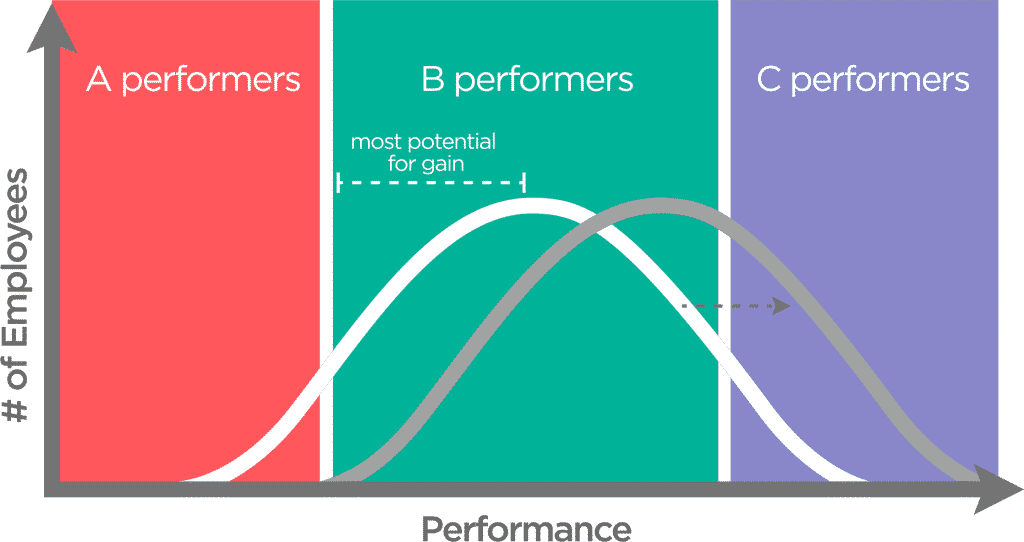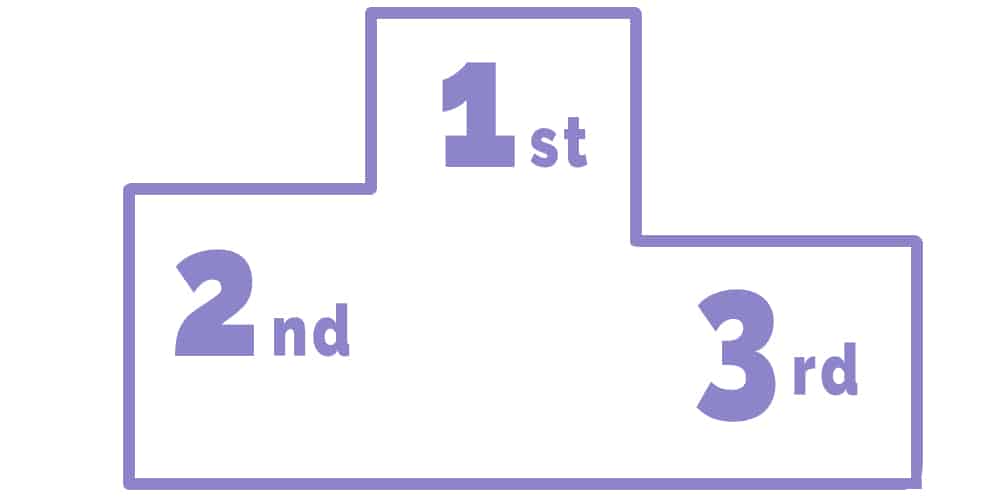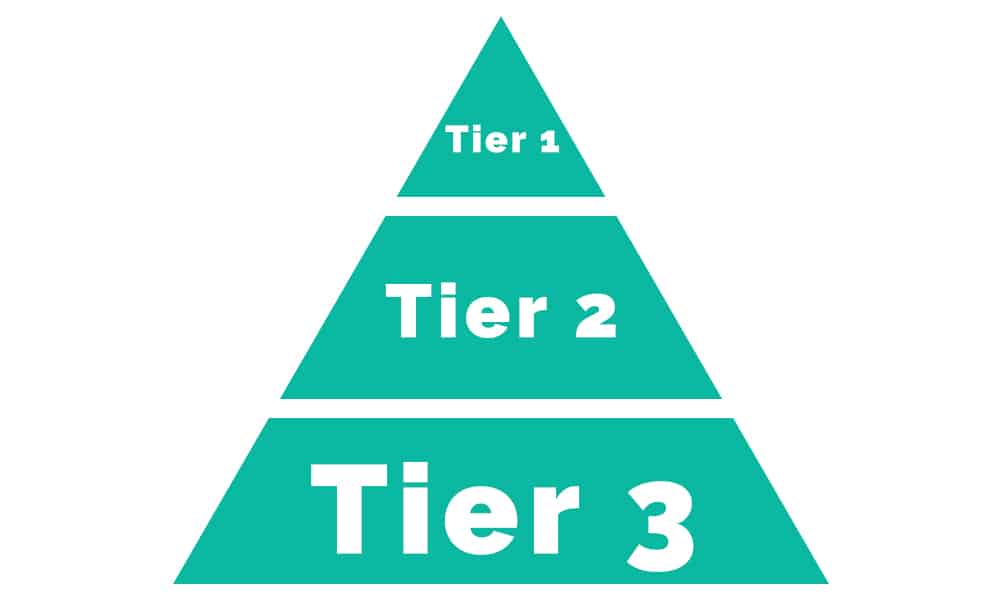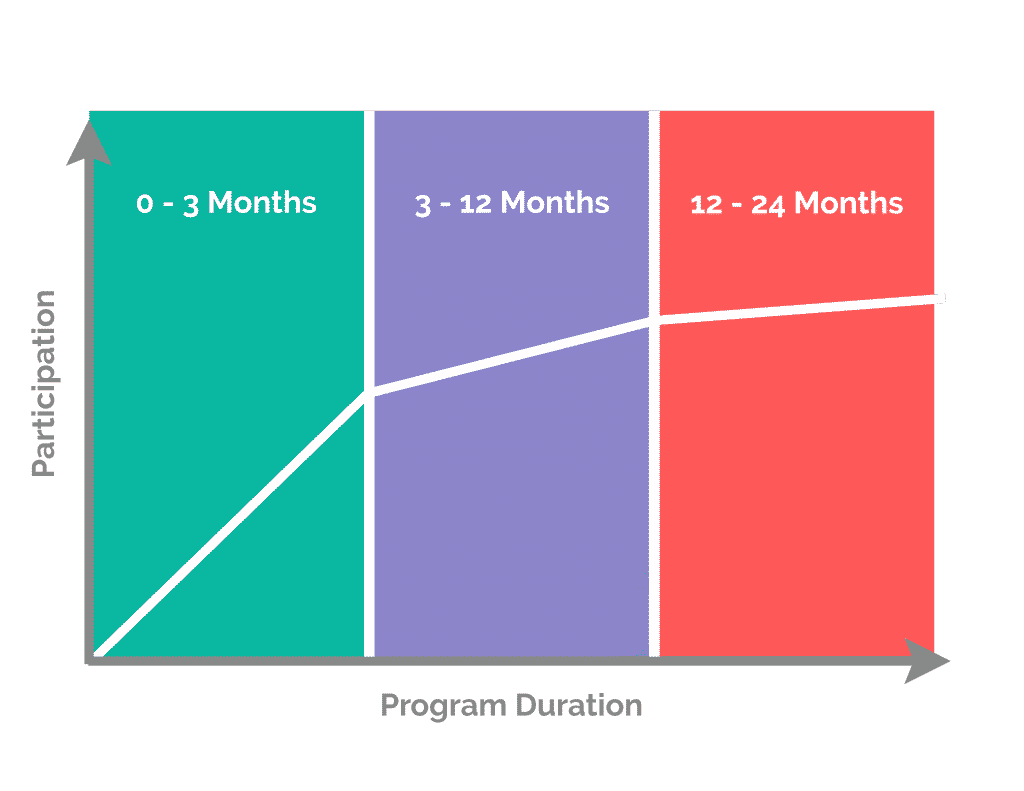Channel Partner Rewards: Program Design
No, not design as in graphics and artwork, but in how you structure your channel partner rewards program. An effective channel partner promotion, or incentive offers and rules, must be designed to achieve your objectives and budget parameters. They are the shorter outline of full-length, legal T&Cs (terms and conditions). Tell the participants what you want them to do and what they will earn for doing it. “Do this. Get that.” It’s something frequently called the WIFFM – the “what’s in it for me” factor.
Channel Partner Program Types
Three different program structures can be used to begin building your channel partner rewards:
Open-Ended Program
It allows anyone who achieves a goal to earn a reward for doing so. This is a crowd-pleaser in that everyone can win something based on what they personally accomplish, no matter who else also accomplishes it. Open-ended programs enable participants to win based on their own actions and therefore give participants the greatest potential control over their success. Research confirms that these programs generally have greater motivational value because they offer access to the broadest audience. These programs have the most impact on middle-level (B) performers, who have the most capacity to grow.
An adequately structured open-ended program will have a lower net cost —
> If it fails to reach the goal, the absolute cost is less AND
> If it exceeds the goal, it pays for itself with incremental gross margin on higher sales.
Closed-Ended Program
The number of award-earners is pre-determined and limited. Closed-ended or “tournament programs” have the benefit of letting you offer a larger, more impressive award with a fixed, predictable budget. However, research shows that this structure can discourage many participants, who feel they cannot win. Nonetheless, closed-ended is popular for many incentive travel programs (e.g., President’s Club Trips) where controlling cost and highlighting competition is key.
Plateau Program
Awards are provided at different ‘tiers’ of accomplishment. Plateau programs, or tier programs, award participants points at specific intervals of performance improvement. You not only reduce the impact of budget uncertainties associated with open-ended programs but give people an extra reason to work a little smarter to reach the next level of performance.
How long should a Channel Partner Reward Program last?
Research consistently suggests that programs too short in duration often fail to achieve buy-in because it takes people too long to learn about them before they’re expected to act. We suggest that you consider the timing and length of your promotion through your sales cycle. If you have a 6-month sales cycle, then the incentive contest period should be longer. Otherwise, you will only motivate reps to close deals that are already in the pipeline.
Ramp Up!
There’s usually a good bit of disappointment in the ramp-up time for channel partner reward programs. Sponsors think the pick up will be quicker (because they know the ins and outs of the program.)
Channel sales are disconnected by nature, and brand new channel incentives tend to ramp up slowly as a consequence. There’s a big surge off the bat from small groups of sales reps who are actively participating with the sponsor (or who just love spiffs). Then a slower but steady increase in participation for months 3-12, and finally, the participation line flattens a bit until the reward program is fully ramped at 18-24 months.
Remember: keep it simple. Your audience isn’t as familiar with the rewards program as you are. There are a lot of programs out there that are too complex, so sales reps tend to ignore them. Always keep in mind the two most important people in the spiff: Participants and Sponsors. If you were a participant offered this opportunity, are you going to put in the extra work to earn the reward offered? If you’re a sponsor, will the program’s investment have a satisfactory return?
Channel incentive design is a mix of both science and art. The expertise of incentive companies that specialize in channels is a unique area of expertise. They’ve seen good design — and bad design. They’ve seen similar incentives in similar industries for similar situations. “Best practices” is an overused phrase today, but true channel incentive companies will be helpful with valuable best practice expertise.
Brightspot creates channel partner rewards programs for Fortune 1000 companies to elevate their sales and leave a lasting impression on reps. Take a look at our incentive program page for some bright ideas!

